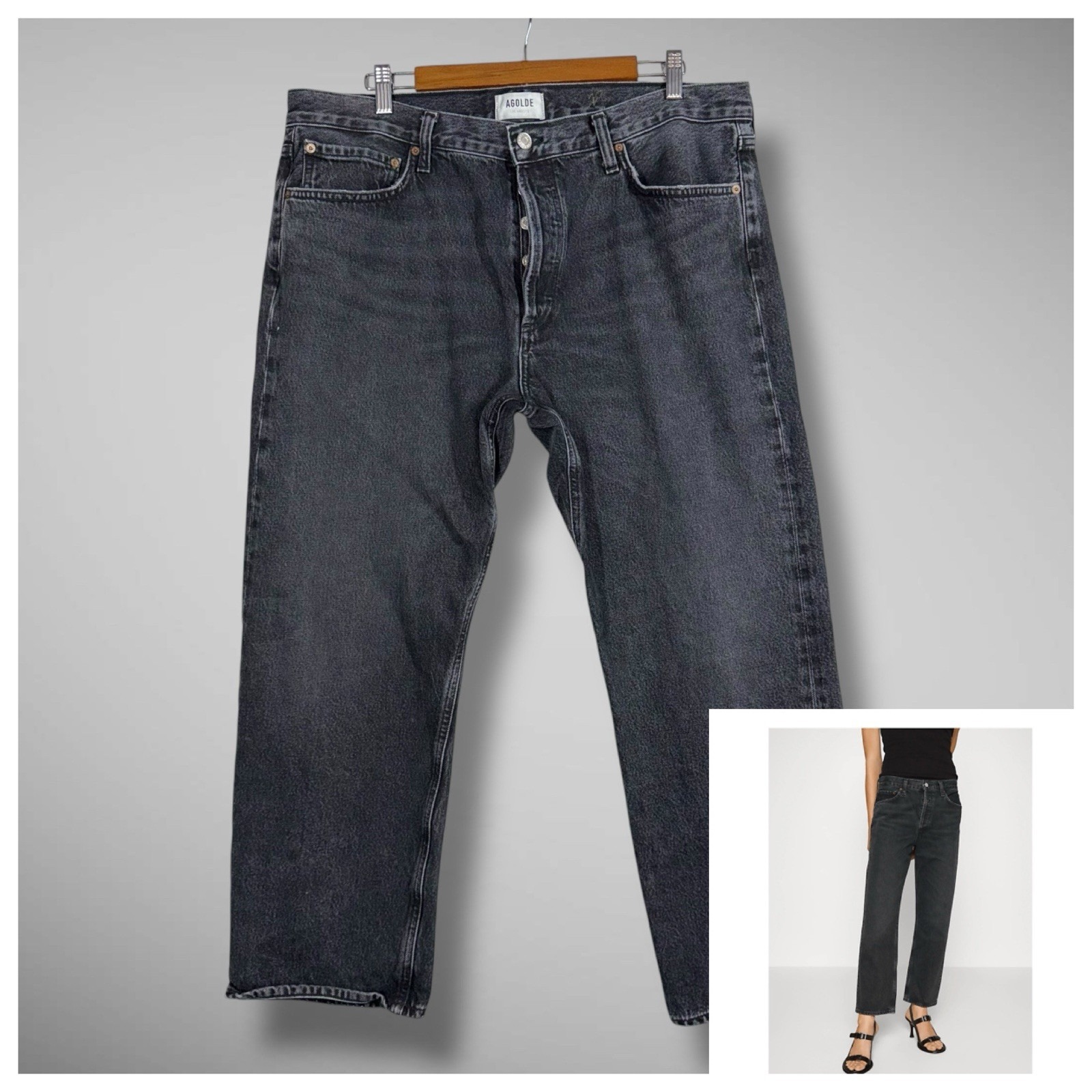
New
Arrivals/Restock
LEVI'S Ladies 505 Straight Leg Jeans. Size 10 W-30 L-28
 Limited Time Sale
Limited Time SaleUntil the end
15
40
30
$4.32 cheaper than the new price!!
Free shipping for purchases over $99 ( Details )
Free cash-on-delivery fees for purchases over $99
Free cash-on-delivery fees for purchases over $99
See all stores
Please note that the sales price and tax displayed may differ between online and in-store. Also, the product may be out of stock in-store.
New $10.80
Product details
| Management number | 7067558 | Release Date | 2025/08/20 | List Price | $6.48 | Model Number | 7067558 | ||
|---|---|---|---|---|---|---|---|---|---|
| Category | |||||||||
Levi's Ladies 505 Straight Leg Jeans feature a classic design with a comfortable fit. These denim jeans have signature back pocket embroidery and a traditional button and zipper closure. They're perfect for casual wear and can be paired with a variety of tops for effortless style.
| Category | Women > Jeans > Straight leg |
|---|---|
| Size | 30 in. |
| Brand | Levi's |
| Condition | Good |
Correction of product information
If you notice any omissions or errors in the product information on this page, please use the correction request form below.
Correction Request Form


















